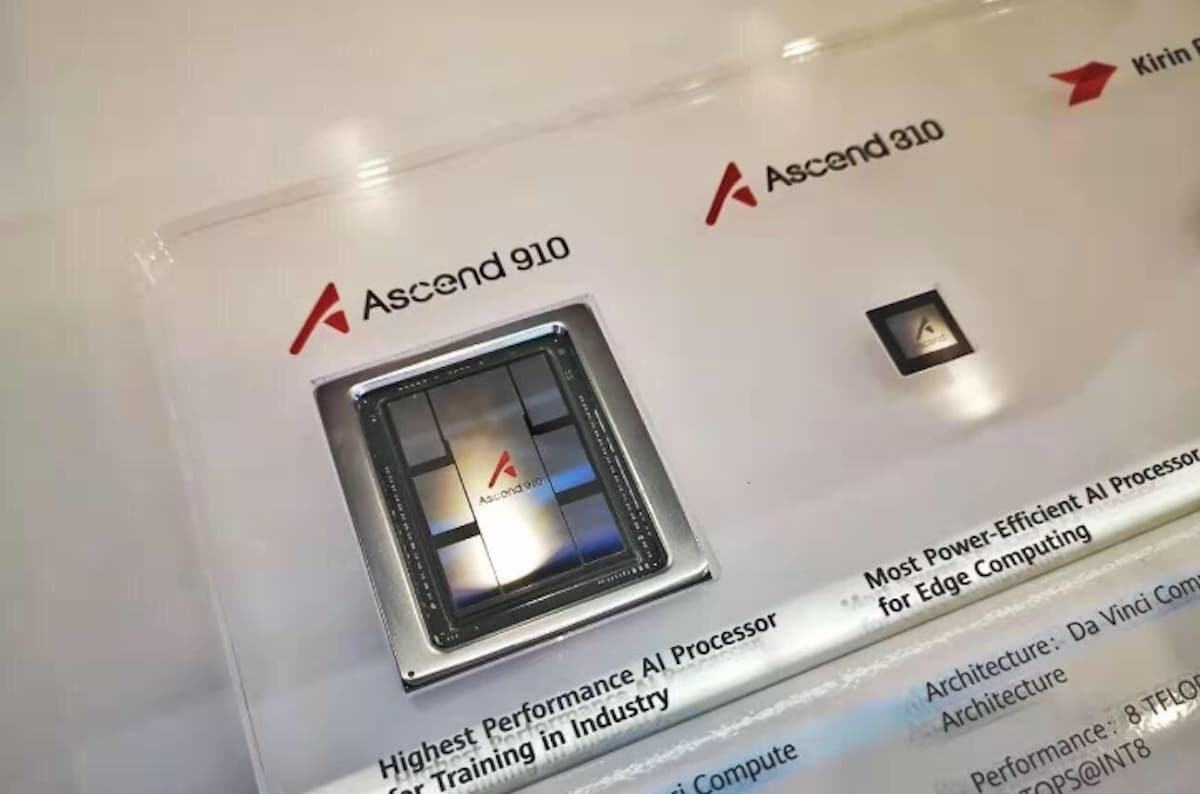Amid the global race for AI leadership, Huawei has decided to make a strategic move combining technological innovation with geopolitics. The Chinese company announced on August 12th its Unified Cache Manager (UCM), an algorithm designed to accelerate AI model inference and reduce reliance on High Bandwidth Memory (HBM) chips, which are increasingly difficult for Chinese companies to acquire due to US-imposed restrictions.
The announcement drew significant attention. It’s more than a technical development: it’s a clear message of technological self-sufficiency during a period when access to critical components is at the heart of tensions between Washington and Beijing.
### A hardware problem with a software solution
HBM chips act as high-speed data highways for AI systems. They are expensive, and their supply is dominated by foreign manufacturers such as SK Hynix, Samsung, and Micron. For China, obtaining them has become a challenge, as sanctions and export controls limit their availability.
That’s where UCM comes in. According to Huawei, this software optimizes memory management and data flow in AI systems, allowing maximum utilization of available hardware without always needing HBM. In practice, this can reduce costs and improve performance, even with more affordable or domestically produced components.
A Huawei engineer involved in the project, who wished to remain anonymous, explained that “what we aim for is software efficiency to compensate for lack of access to certain physical resources.” It’s not magic, but it’s close.
### More than a technical advancement: a strategy for digital sovereignty
Huawei’s development of UCM joins other recent moves to strengthen its technological independence:
– CANN (Compute Architecture for Neural Networks), an open-source platform competing with Nvidia’s CUDA, aimed at easing migration for developers towards the Ascend chip ecosystem.
– CloudMatrix 384, a cluster of 384 Ascend 910C processors designed for large-scale AI workloads, already rivals some Nvidia configurations in raw power, albeit with energy consumption four times higher.
Combining proprietary hardware with optimized software is Huawei’s recipe to withstand external blockades. The goal isn’t just to compete but to set the pace of innovation from within China.
### The mirror of DeepSeek: the transition isn’t easy
However, the path is not free of obstacles. The case of DeepSeek, one of China’s most prominent AI startups, illustrates the challenge: the company tried to train its R2 model using Ascend hardware but ultimately reverted to Nvidia GPUs due to technical and stability issues.
This highlights that while software like UCM can address certain deficiencies, the entire ecosystem—from chip manufacturing to development tools—must mature for the self-sufficiency strategy to work at scale.
### Beyond technology: political implications
The launch of UCM coincides with commercial negotiations where China has asked the US to relax restrictions on HBM chip exports. This confirms that the semiconductor race is no longer just an industrial issue but a central piece of diplomatic chess.
In this context, Huawei seems to be pursuing a dual approach: developing internal alternatives while applying political pressure to ease restrictions. If either or both strategies succeed, the impact on the AI industry will be considerable.
### A race against the clock
The urgency is clear. While Nvidia, AMD, and Google continue expanding their integrated hardware and software solutions, Huawei needs solutions like UCM not only to be innovative but also rapidly adopted. Falling behind in this technological race carries high risks: in AI, competitive advantage is measured not just in teraflops but in who can deploy useful and profitable models first.
For now, UCM represents a step forward, sending a clear message: Huawei is not willing to let restrictions dictate its future.

